Released in the year of 2003 by Matt Mullenweg, WordPress is surely one of the most used platforms for developing interactive blog pages, and post WordPress MU (multi-user and multi-blogging) released in version 3.0 (Thelonious) allowed users to easily set-up a large number of blog networks.
There are many WordPress resources and plugins to manage your WordPress blog sites; however, in this article, we will discuss those plugins that are actually required to ease and secure blog publishing tasks, as well as, enhance engagement separately for each of your blog niche from one centralized dashboard.
Before, we start off with the WordPress plugin list for your blog sites; let take a quick look at the latest release of WordPress 4.9, what bloggers need to know!
On November 16th, 2017, WordPress announced its current version release codenamed after the well-known jazz musician, Billy Tipton.
The release update is offering features that are beneficial for bloggers that include new gallery widget, updated text, audio widgets along with a theme editor that alerts and rollbacks when saving files that could produce fatal errors.
Gutenberg– a next generation WordPress editor plugin currently offered as a beta version for testing and is expected to release in the next WordPress version 5.0 (2018).
Additionally, WordPress 4.9 offers theme customizer experience that includes scheduling, front-end preview link, enhanced menu functions, theme browsing and syntax highlighting.
1. List of effective WordPress plugins to match the key needs of a blog
Firstly considering WordPress back-end management:
With super admin, admin, editor, author, contributor, and subscriber being the key person in engaging with a WordPress site, the use of WordPress plugin will help you ease your process, as well as, improve the efficiency for your blog sites.
Which is the best WordPress plugin considering a Super Admin role?
Extended Super Admins
WordPress version needed: 3.0 MU
Ratings: 5 out of 5
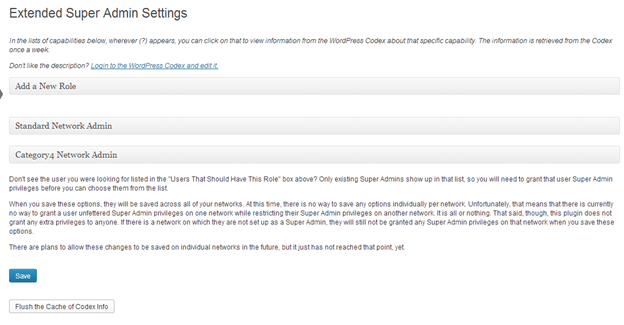
Licensed under the GPL2 and developed by Curtiss Grymala from the University of Washington- Extended Super Admins plugin is allowing WordPress users an ability to revoke special privileges from any super admin on the network.
For example, if you want to create sites delete sites, manage networks, manage network users, manage network plugins, themes, and options, upgrade or even set-up a new network- this plugin will help you add new roles to your WordPress blog site and then connect Super Admin to that role, by easily removing the appropriate privileges.
Which is the best WordPress plugin considering
an Administrator’s role?
Admin Management Xtended
WordPress version needed: 4.3
Ratings: 4.6 out of 5
Developed by Oliver Schlobe with thousands of active installations, Admin Management Xtended allows WordPress users to instantly manage their posts and pages without having to switch over to another browser or tab.
For example, if you want to postpone or prepone a post, or even change the title for your posts- this plugin will eliminate the need to enter the edit screens with its Ajax-driven actions. This way, you won’t have to wait for the page reload to highlight the changes made to your post or pages.
Which is the best WordPress plugin considering
an Editor’s role?
User Role Editor
WordPress version needed: 4.0
Ratings: 4.7 out of 5
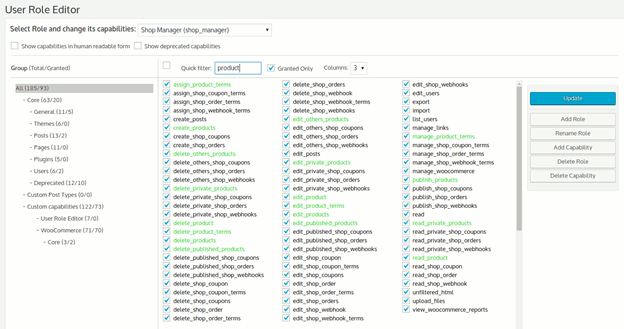
This plugin developed by Vladimir Garagulya is helping WordPress owners an ability to change user role (except administrator) capabilities in few simple clicks. Offering a multisite support- User Role Editor is popular for personal, business, unlimited and once and for all blog editing solutions.
For example, if you want to add/remove users, activate or delete a plugin, edit pages and publish posts, manage links, export/import lists, upload files and many other role customizations- this plugin will allow you quickly assign/deactivate user roles and even hide them from other users.
Which is the best WordPress plugin considering
an Author’s role?
Simple Author Box
WordPress version needed: 3.6
Ratings: 4.3 out of 5

An open source plugin designed by Macho Themes, Simple Author Box allows bloggers to customize the Author Bio section to match the look and feel of your ever-changing blog page needs. Additionally, the plugin offers a Right-to-Left Language support that allows WordPress users to add-on customized solutions to enhance the value of your blog post design/layout.
For example, if you want to customize your Author Bio section to target specific audience separately for specific blogs, this plugin will make it easy for you to change the author gravatar, name, website description, and social icons.
Which is the best WordPress plugin considering
a Contributor’s role?
Adminimize
WordPress version needed: 4.0
Ratings: 4.8 out of 5
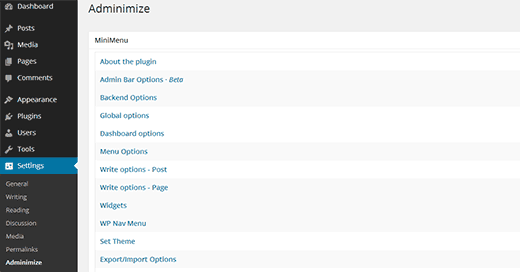
A multi-author WordPress plugin, Adminimize is developed by Frank Bultge. With over 200,000+ installation this plugin is helping WordPress blog owners an ability to activate/deactivate parts of menus and sub-menus of the blog page. Apart from allowing WordPress users to hide items, they can also be adjusted as per your contributor user group.
For example, if you want to want to allow read-only access or limited screen options to a particular contributor, this plugin will allow you modify setting and make it look more logical and secure. The editing and delete options can be controlled too.
Which is the best WordPress plugin considering
a Subscriber’s role?
Capability Manager Enhanced
WordPress version needed: 3.1
Ratings: 4.7 out of 5
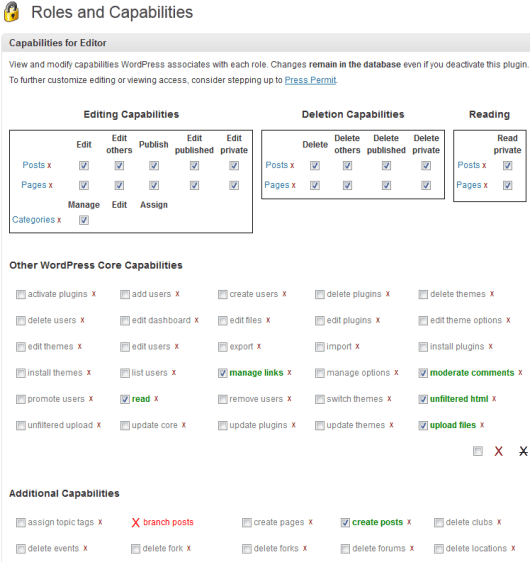
A widely used plugin by WordPress bloggers- Capability Manager Enhanced makes it simple to manage a subscriber’s role definition. Developed by Jordi Canals and Kevin Behrens– this popular allows WordPress bloggers change the authority for a subscriber. It perfectly integrates with multi-sites too.
For example, if you want to extend the authority of your subscriber’s post comments for other blog posts, then this plugin will allow you to set new capabilities to the existing subscriber’s role, add a new role, as well as, view and change the capabilities of any subscriber’s role.
2. Then, considering WordPress front-end management
With the look and feel, user engagement, content presentation, search engine optimization and social management being the most important elements for a blog page, adopting WordPress plugins will add on to the performance for your WordPress blog.
Which is the best WordPress plugin considering
Blog Layout management?
WordPress Page Builder- Beaver Builder
WordPress version needed: 4.4
Ratings: 4.8 out of 5
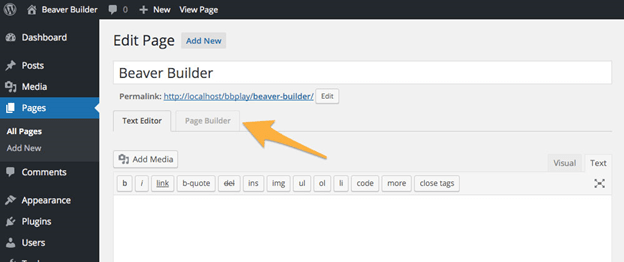
Built by The Beaver Builder Team, WordPress Page Builder offers the simplest blog layout management solutions with its drag and drop builder capabilities. Additionally, this lightweight WordPress plugin eliminates the need for writing HTML or wrestling with confusing codes.
For example, if you want to add or remove blog page elements that include video, audio, map, gallery, buttons, contact form, subscription form, and testimonials- this popular plugin makes it easy to perform your WordPress blog layout management with a click of the mouse.
Which is the best WordPress plugin considering
Content enhancement?
Black Studio TinyMCE Widget
WordPress version needed: 3.1
Ratings: 4.8 out of 5
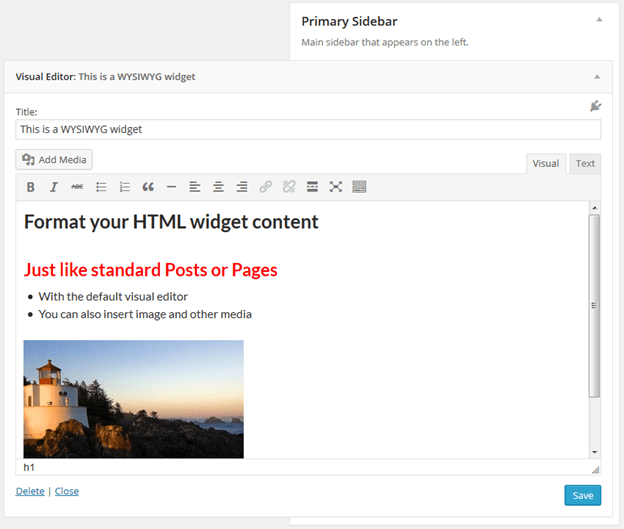
Developed by the Black Studio, this plugin allows you to enhance your content by adding WYSIWYG rich text and media objects in your WordPress blog page sidebars with no knowledge of HTML required. Black Studio TinyMCE Widget helps bloggers to overcome the limitation of the default WordPress text widgets and add-on elements to the blog pages.
For example, if you want to insert images from the WordPress media library, covert to a multi-language mode (available in 20 languages) and more, this plugin will allow you to switch between visual mode and HTML mode with no hassle.
Which is the best WordPress plugin considering
Audience engagement?
Form Maker by WD
WordPress version needed: 3.4
Ratings: 4.8 out of 5
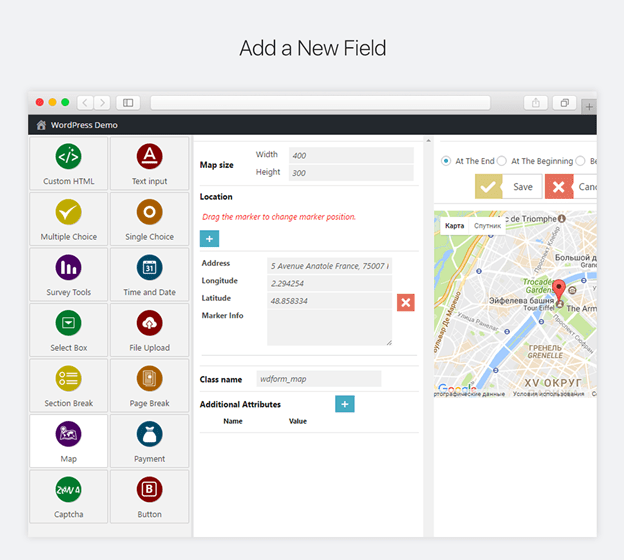
With over 100,000+ installations, Form Maker by WD offers a user-friendly drag- drop HTML form building solutions (highly customizable and responsive forms) in few minutes. Developed by WebDorado Form Builder team, this plugin will allow you to showcase your forms in embedded, popup, topbar and scroll box appearance types.
For example, if you want to change the name/type of the form for your certain blog sites or blog pages, elements of the form, or even add a security Google reCAPTCHA functionality- this plugin will allow you to create complex HTML forms and configure them with easy-to-use drag and drop interface.
Which is the best WordPress plugin considering
Search Engine Optimization?
Yoast SEO
WordPress version needed: 4.8
Ratings: 4.5 out of 5
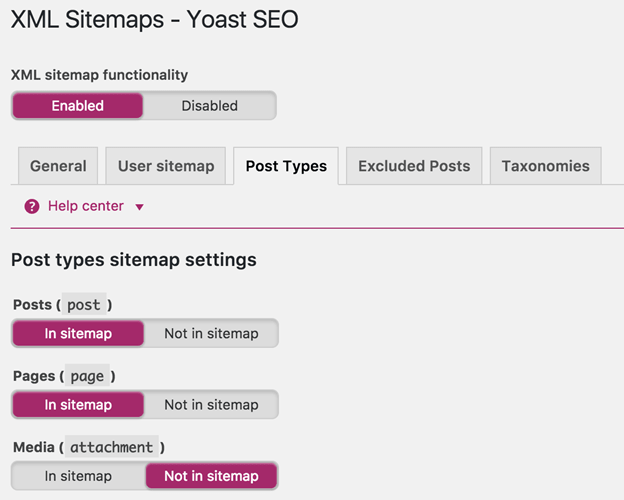
Written by Joost de Valk and his team Yoast, this plugin automatically creates XML sitemaps to prompt Google and Bing of your site existence. With over 5 million+ active installations, Yoast SEO has been tested up to WordPress version 4.9.1.
For example, if you have created a great custom post type and not sure about the technical parameters, this plugin will automatically alert you to enable settings that focus on permalinks, Meta links, and other blog page link elements for your multi-sites.
Which is the best WordPress plugin considering
for Social management?
NextScripts
WordPress version needed: 3.4
Ratings: 3.9 out of 5
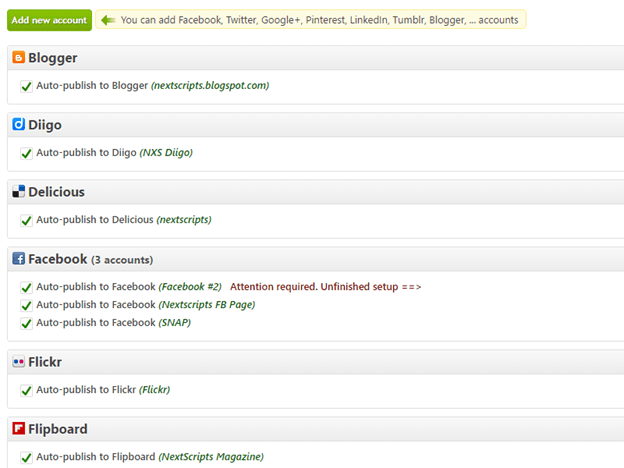
This is a very useful plugin offered by NextScripts to automate sharing of your bulk blog posts for your multisite over popular social media platforms that include Facebook, Twitter, Pinterest, LinkedIn, Blogger and Tumblr. With over 200,000+ installations- NextScripts is allowing WordPress multisite blog owners including profiles, business pages, community pages, to expand their reach over the web.
For example, if you don’t want your audience to miss on your shared blogs- this plugin will allow you to send notifications to subscribers via one of its “Yo account” that uses API key for authorization and authentication.
3. Lastly, considering WordPress multisite management
WordPress allows inbuilt Multi-user, Multi-site and Multi-blogging functionality that helps bloggers and e-commerce owners to add as many sites as required with just one installation. However, WordPress holding the “Super admin” also known as “Network Administrator rights,” website owners are limited to making changes to the site. This is where WordPress multisite plugins help!
Which is the best WordPress plugin considering
for Multisite Domain management?
WordPress MU Domain Mapping
WordPress version needed: 3.1
Ratings: 4.6 out of 5
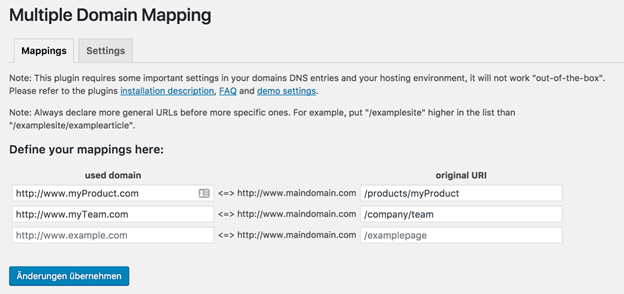
This plugin developed and contributed by Donncha O Caoimh, Ron Rennick and Automattic, is allowing multisite bloggers (WordPress MU) to map their website with multiple domains and subdomains to one site.
For example, if you offer a network like EDUblogs that allows people to create their own WordPress blogs, eportfolios, and websites- this plugin will allow you to map your multiple sites under one parent WordPress install.
Which is the best WordPress plugin considering
for Multisite Security management?
WP Security Audi Log
WordPress version needed: 3.6
Ratings: 4.7 out of 5
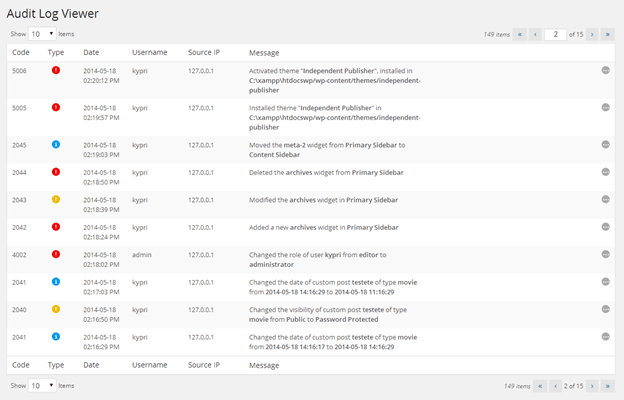
A popular WordPress monitoring and audit plugin developed by WP White Security currently has over 60,000 active installations and used by administrators, owners and security professionals.
For example, if you allow contributors to publish blog posts along with certain admin rights, this multisite plugin will ensure to log everything that includes changes to a particular role, password, and other profile settings of another user.
Which is the best WordPress plugin considering
for Multisite Performance management?
LiteSpeed Cache
WordPress version needed: 4.0
Ratings: 4.9 out of 5
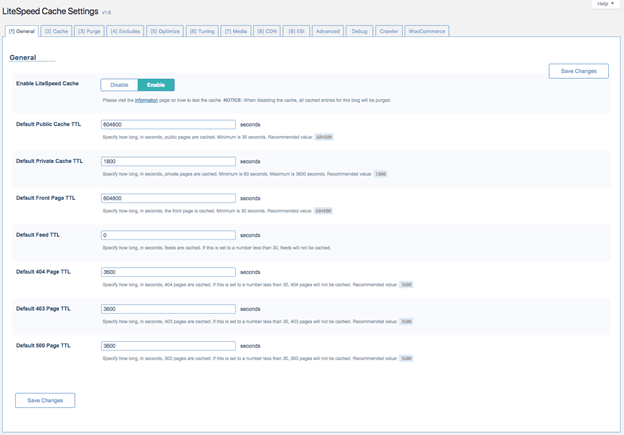
A PHP-based plugin developed by LiteSpeed Technologies is supporting WordPress MU and is compatible with other popular plugins that include WooCommerce, bbPress and Yoast SEO. With over 100,000+ active installations, LSCWP is also helping multisite users with additional optimization feature that includes data optimization, CDN support, lazyload images and image optimization.
For example, if you have a visually oriented website and are still struggling to improve the speed of your blog page, then this plugin in-built page cache (LSCache) feature will help you automate and perform the regular caching process to ensure the best performance for your WordPress sites.
Which is the best WordPress plugin considering
for Multisite management?
Infinite WP Client
WordPress version needed: 3.1
Ratings: 4.5 out of 5
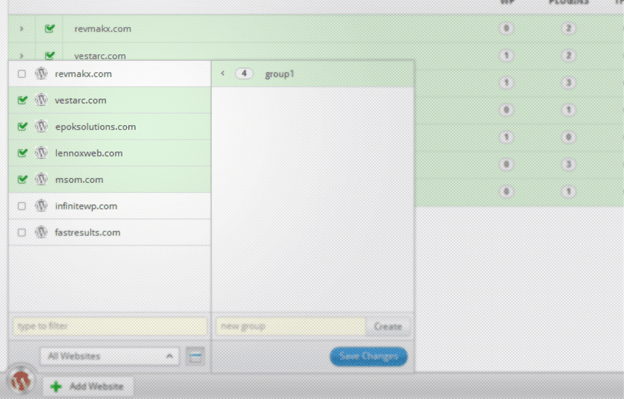
Whether you are looking to install an application on your web server, perform in-time plugin updates, security features, backup and restore solutions, or even manage editorial tasks like writing posts and switching between websites- this plugin makes it easy to run multiple sites from one master login. Infinite WP Client is contributed and developed by Revmakx with over 400,000+ active installations.
For example, if you have identical plugins for your multiple blog sites, you will have to have to login on each website to update them individually and maintain backups, this is where Infinite WP Client allows WordPress multisite bloggers to settle for a centralized solutions for your multisite management needs.
Which is the best WordPress plugin considering
for multisite statistics tracking?
Google Analytics Dashboard for WP
WordPress version needed: 3.5
Ratings: 4.5 out of 5
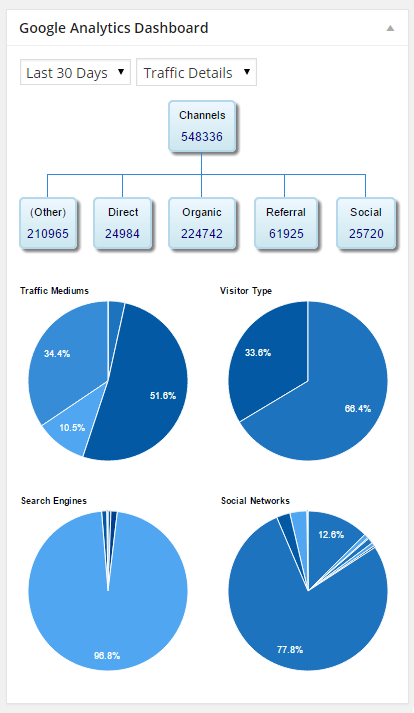
GADWP (Google Analytics Dashboard for WP) plugin is developed by Alin Marcu which has over 1 million active downloads. Apart from offering real-time stats of website visitors, traffic source and acquisition channels, this plugin also provides analytics reports on page sessions, locations, traffic channels and device categories. Additionally, the plugin offers custom dimensions to track authors, publications, categories, and tags too.
For example, if you have designed multiple custom forms for your multiple sites, I’m sure you would like to know which one performs the best to enhance your promotional strategies. This is when GADWP helps in identifying the best performing and low-performing areas of your multiple blog sites.
So, here we come to the end of the list!
The above are the best WordPress plugins that you can completely rely on to manage your individual as well as multiple blog sites in the New Year 2018.
Happy blogging 🙂







Comments